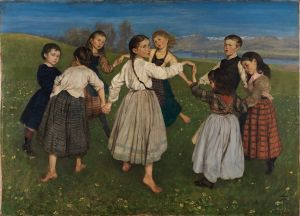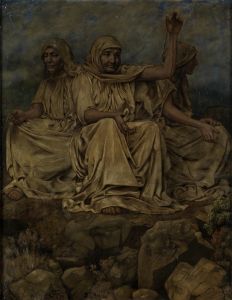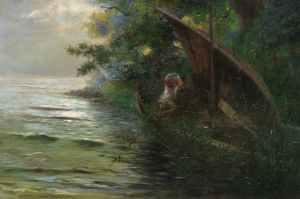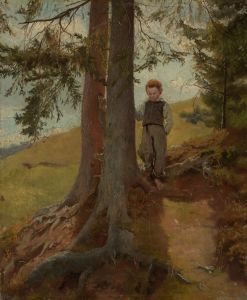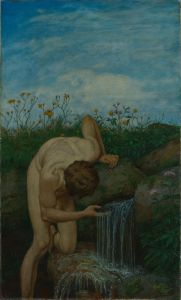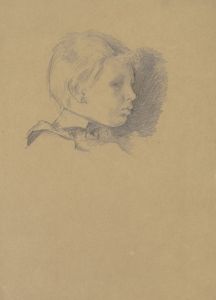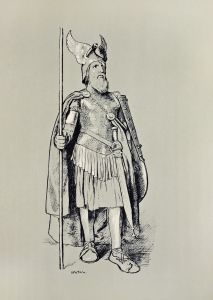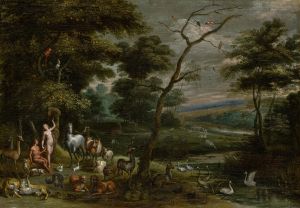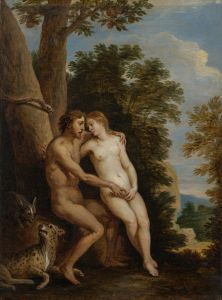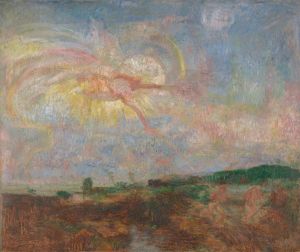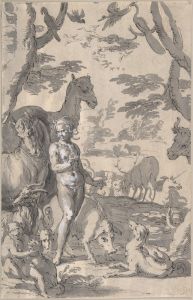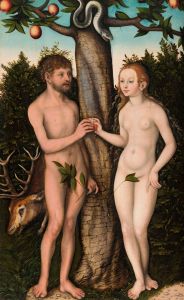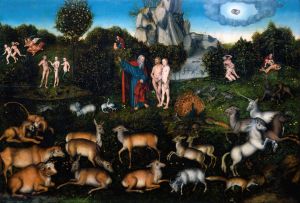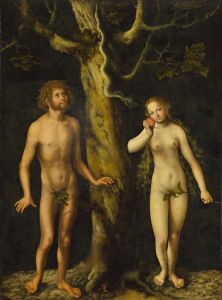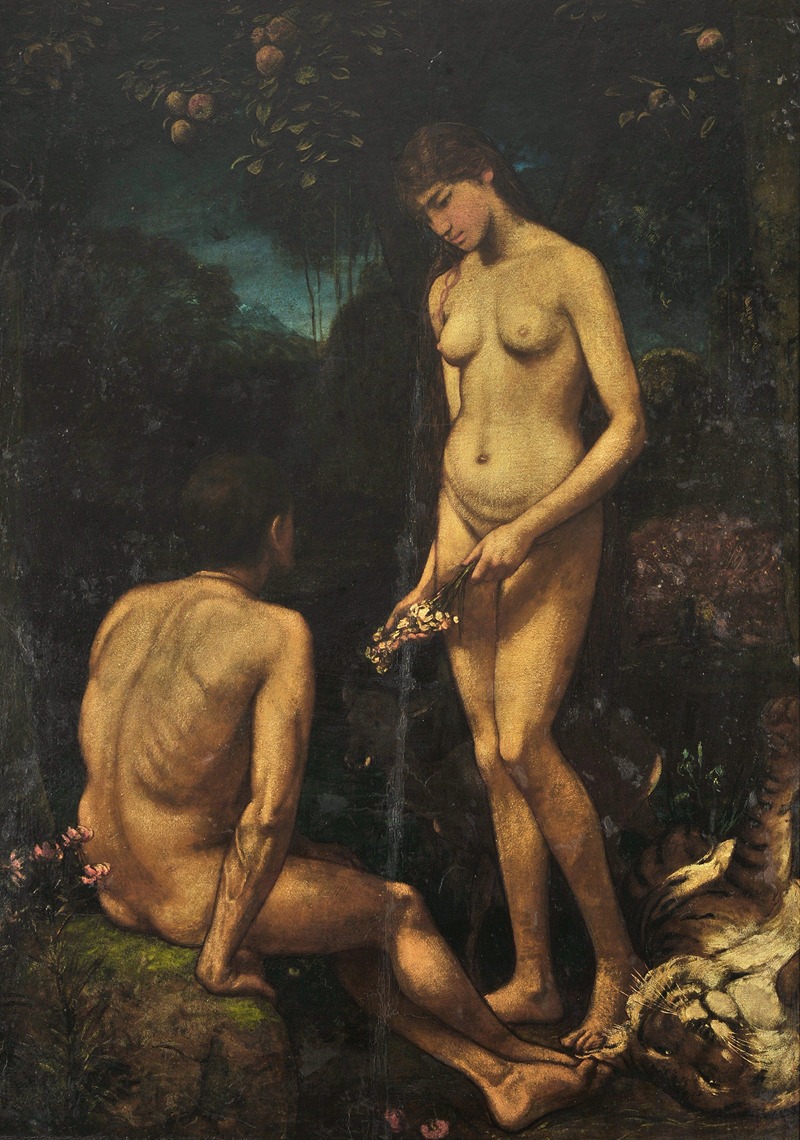
Adam and Eve
A hand-painted replica of Hans Thoma’s masterpiece Adam and Eve, meticulously crafted by professional artists to capture the true essence of the original. Each piece is created with museum-quality canvas and rare mineral pigments, carefully painted by experienced artists with delicate brushstrokes and rich, layered colors to perfectly recreate the texture of the original artwork. Unlike machine-printed reproductions, this hand-painted version brings the painting to life, infused with the artist’s emotions and skill in every stroke. Whether for personal collection or home decoration, it instantly elevates the artistic atmosphere of any space.
Hans Thoma's painting "Adam and Eve" is a notable work by the German artist, who was active during the 19th and early 20th centuries. Thoma, born in 1839 in Bernau in the Black Forest region of Germany, was known for his landscapes, portraits, and depictions of mythological and biblical themes. "Adam and Eve" is one of his works that draws inspiration from the biblical narrative of the first humans as described in the Book of Genesis.
The painting portrays Adam and Eve, the central figures in the Judeo-Christian creation story, in a naturalistic setting. Thoma's depiction emphasizes the harmony between humanity and nature before the Fall. The figures are shown in an idyllic landscape, surrounded by lush vegetation and animals, reflecting the Garden of Eden's paradisiacal environment. Thoma's style in this work aligns with his broader artistic approach, which often combined elements of Romanticism and Realism, with a focus on detailed and atmospheric renderings of nature.
Hans Thoma was influenced by the German Romantic tradition and the Nazarene movement, which sought to revive Christian art with a focus on simplicity and spirituality. His works often reflect a deep connection to his native Black Forest and a reverence for nature, which is evident in the detailed and serene landscapes he painted. "Adam and Eve" exemplifies these qualities, showcasing his ability to blend religious themes with a profound appreciation for the natural world.
The exact date of creation for "Adam and Eve" is not definitively documented, but it is consistent with Thoma's broader body of work, which frequently explored biblical and allegorical subjects. The painting is housed in the Städel Museum in Frankfurt, Germany, which holds a significant collection of Thoma's works. The museum's collection highlights his contributions to German art and his role in bridging the Romantic and modernist movements.
While "Adam and Eve" is not as widely recognized as some other depictions of the biblical story by artists like Albrecht Dürer or Lucas Cranach the Elder, it remains an important example of Thoma's artistic vision and his interpretation of religious themes. The painting reflects his unique ability to merge spiritual narratives with the natural beauty of the world, offering viewers a contemplative and harmonious representation of the biblical tale.





